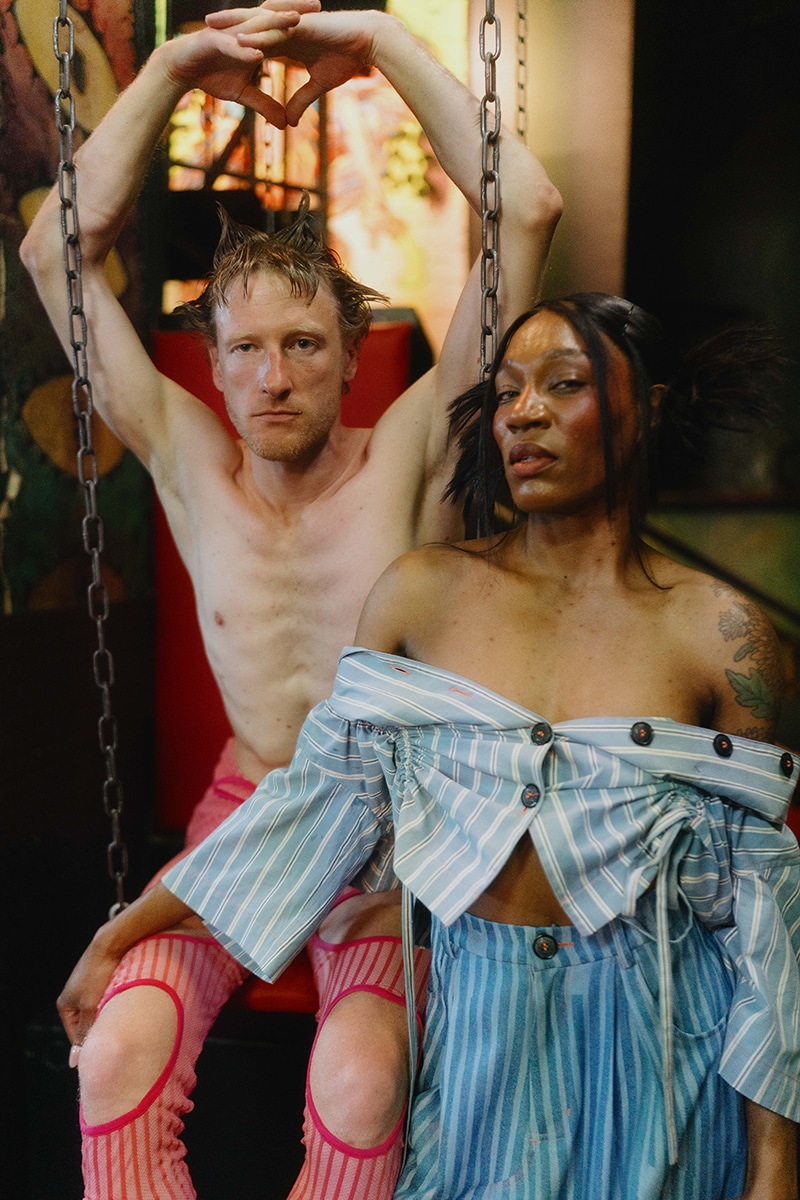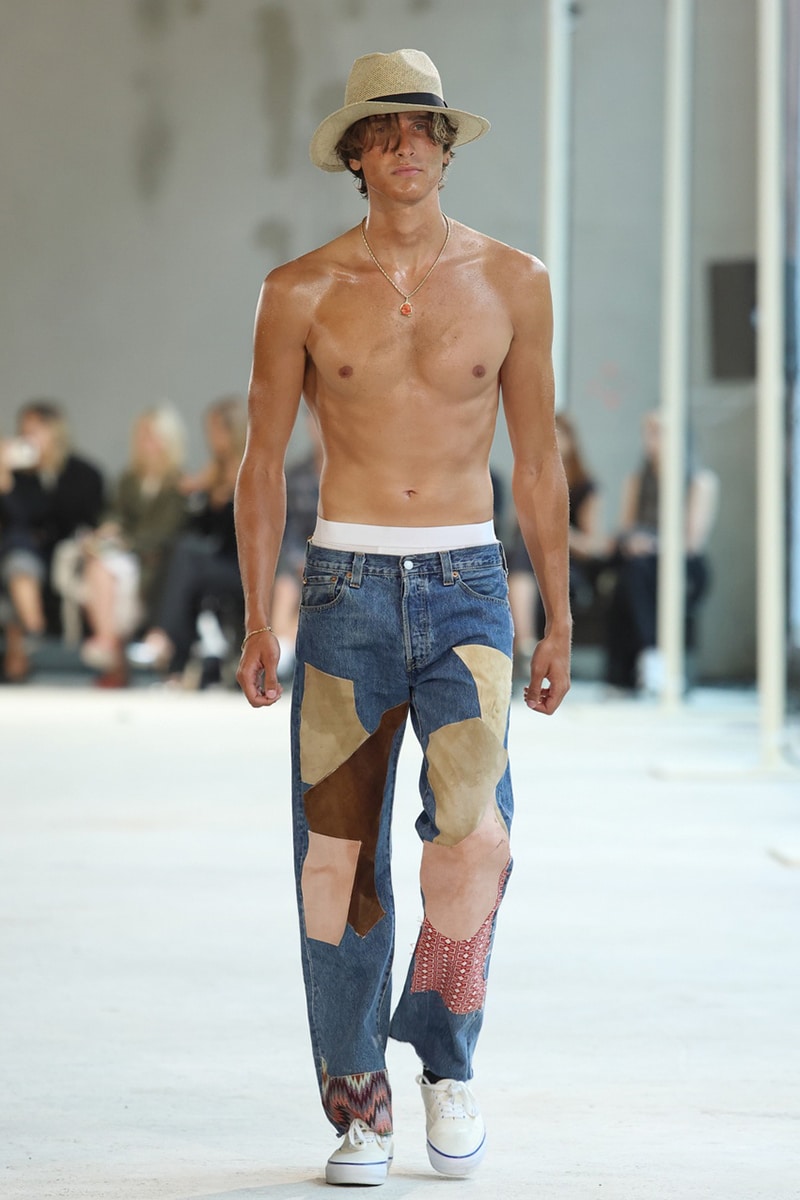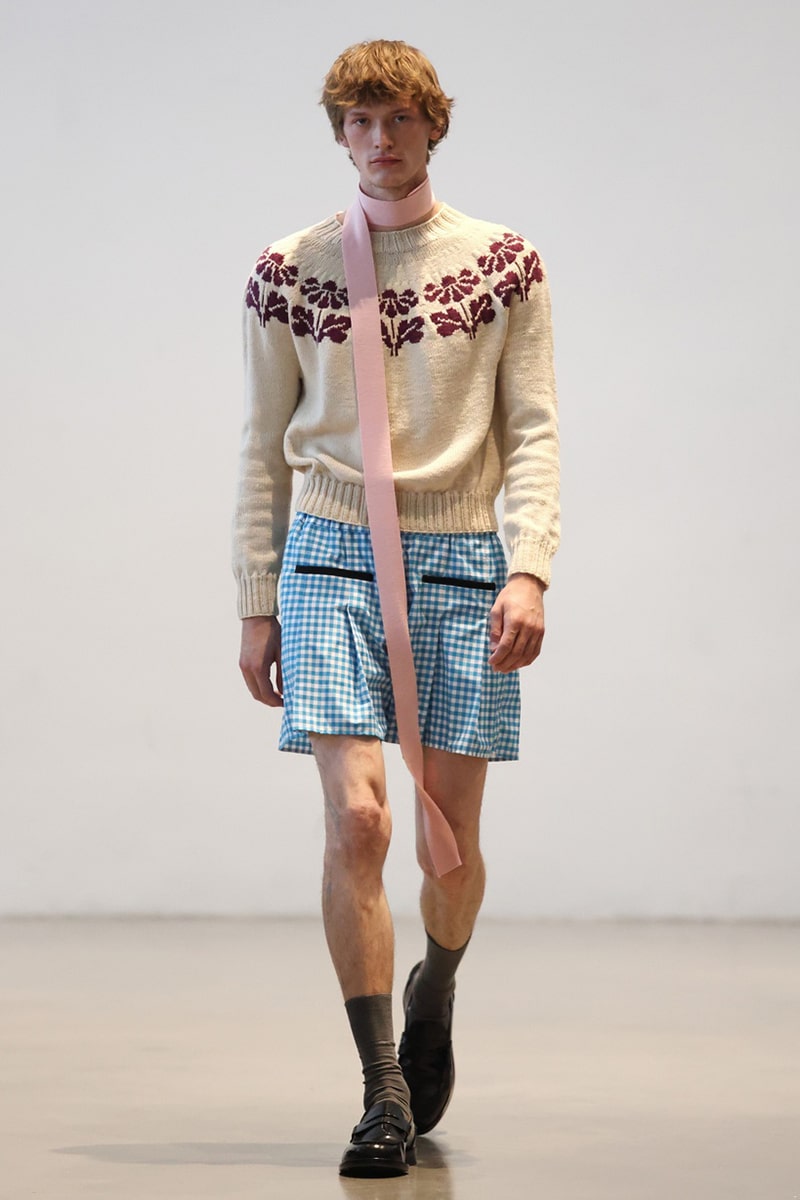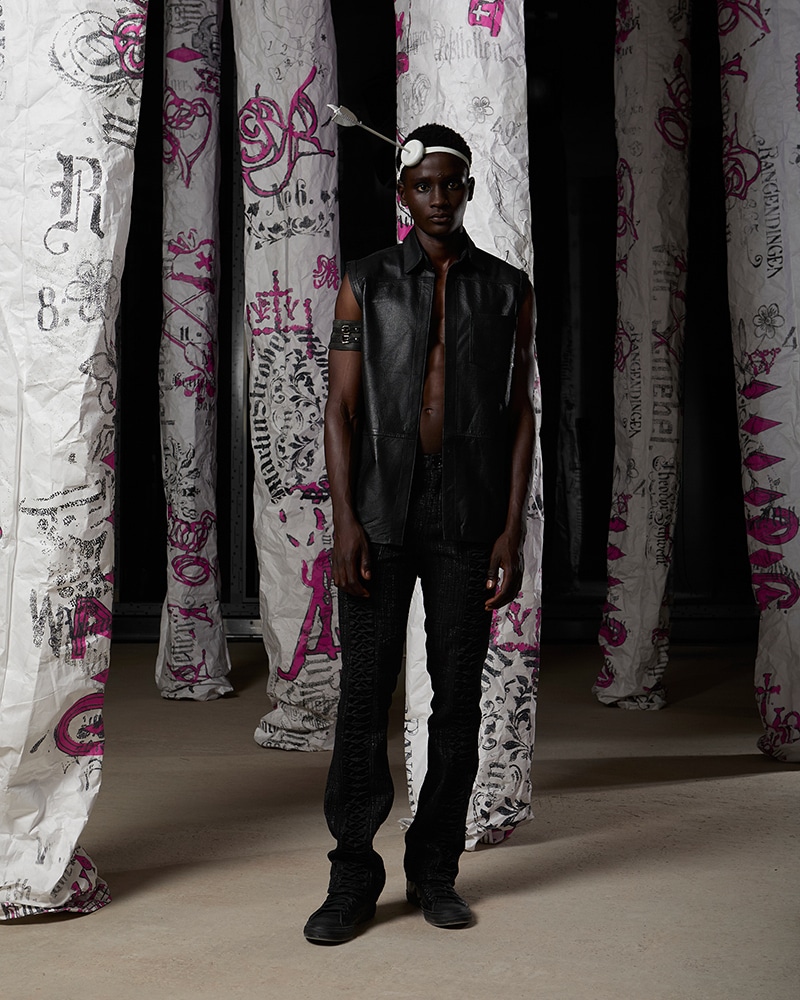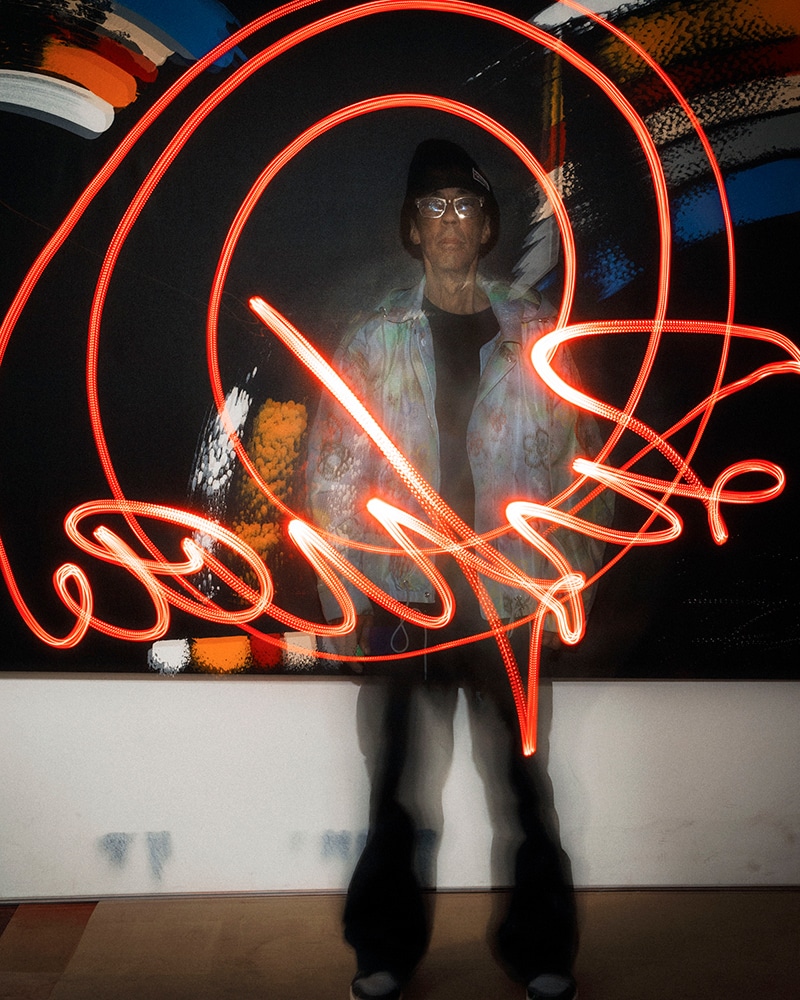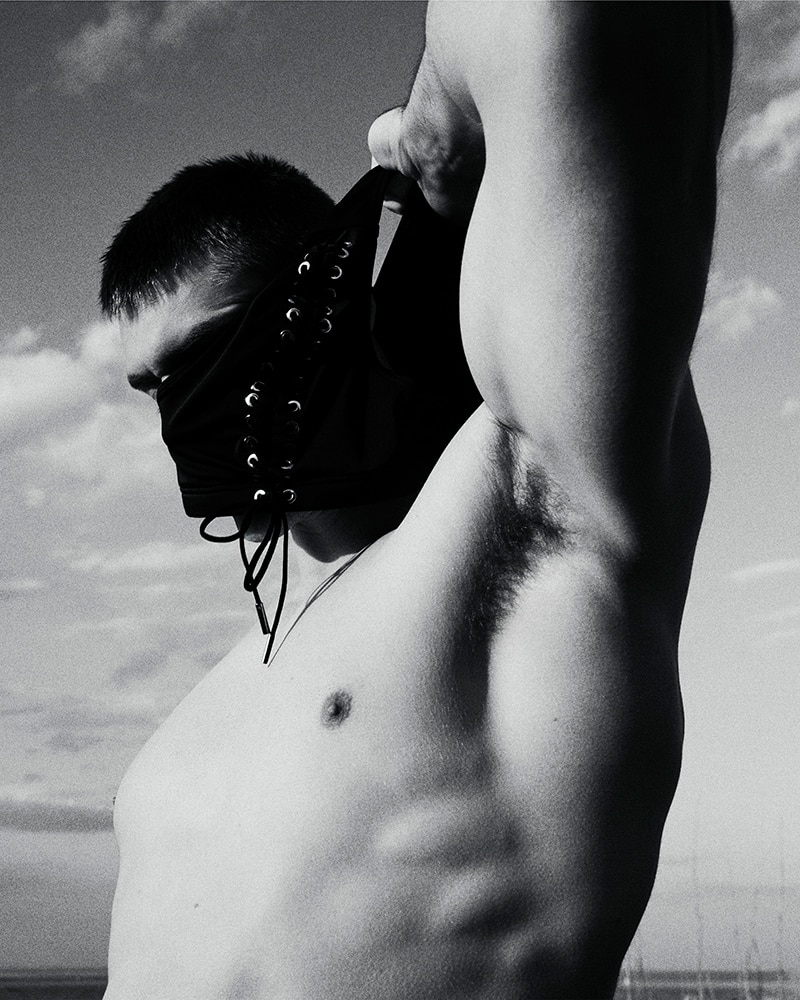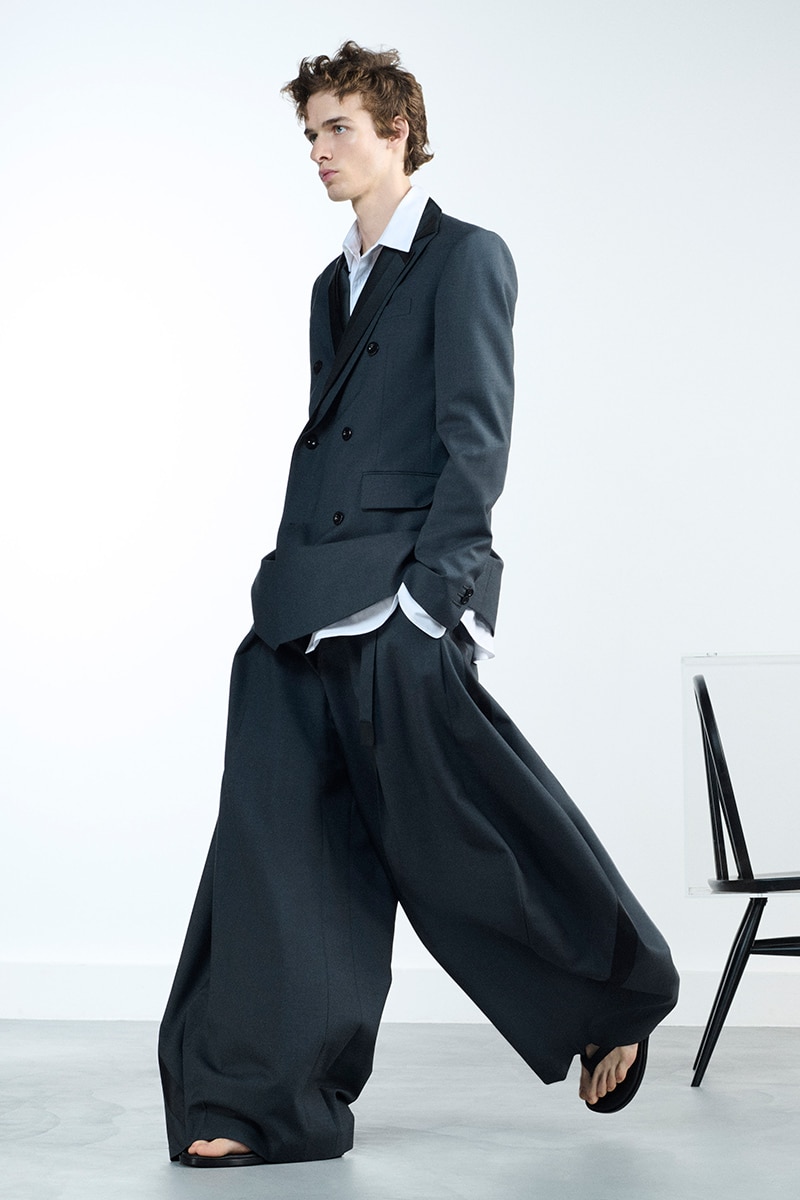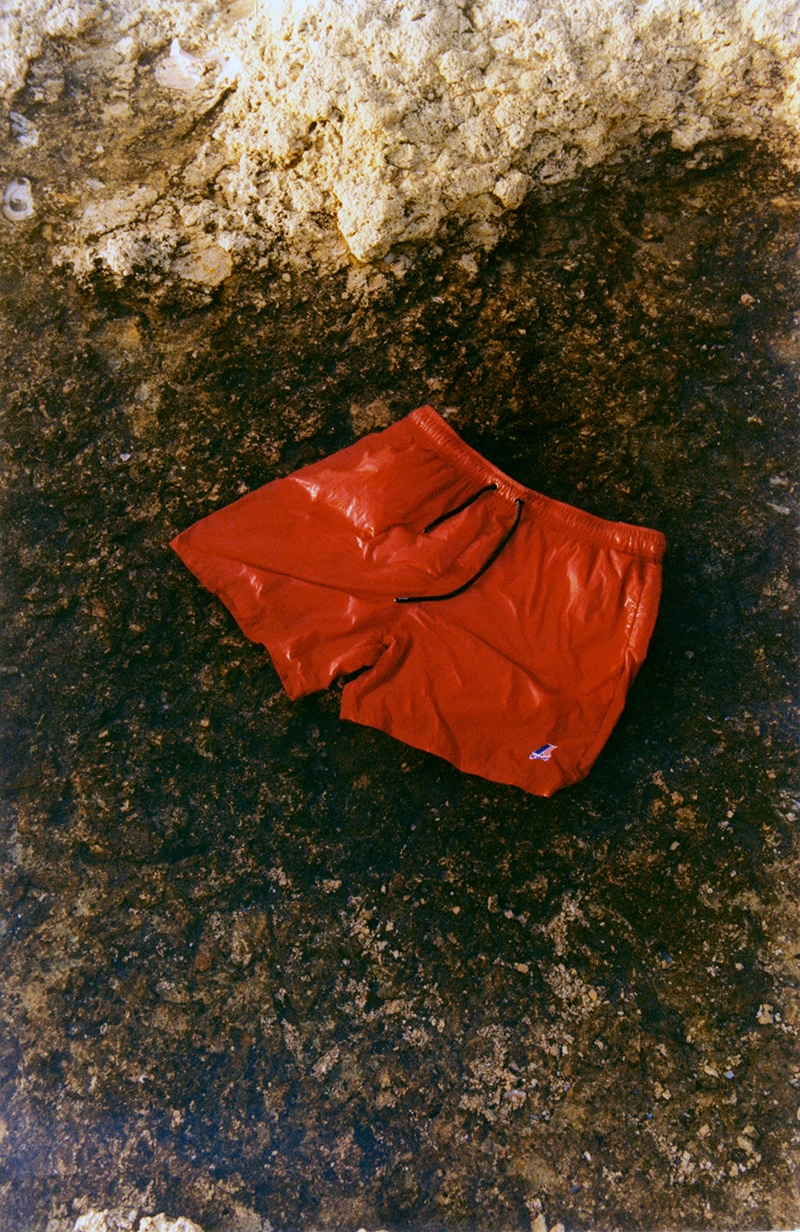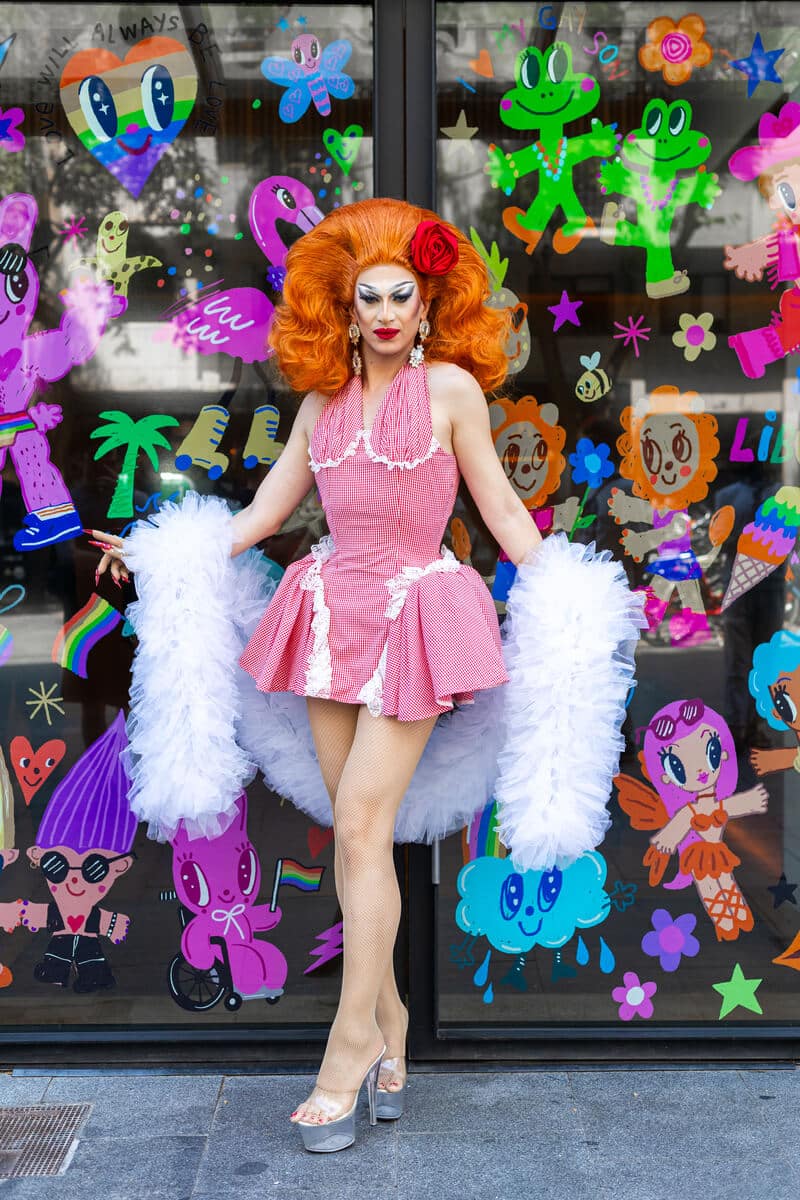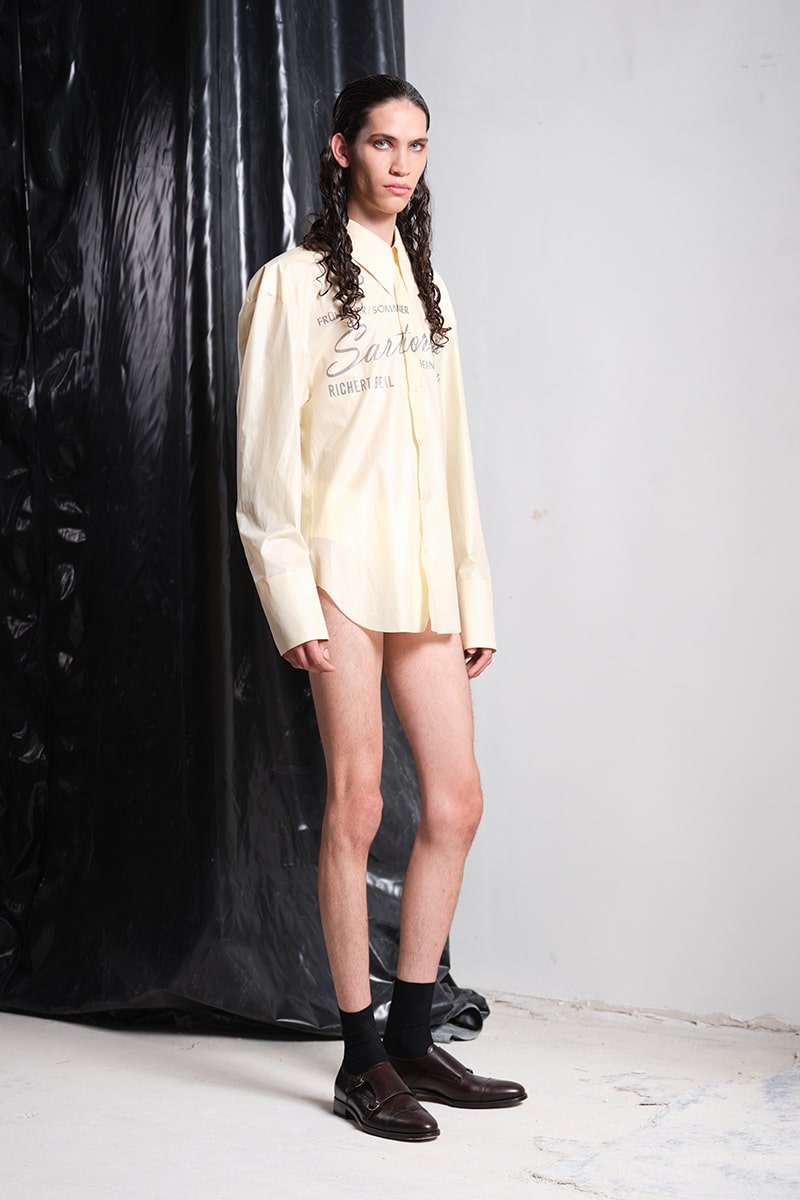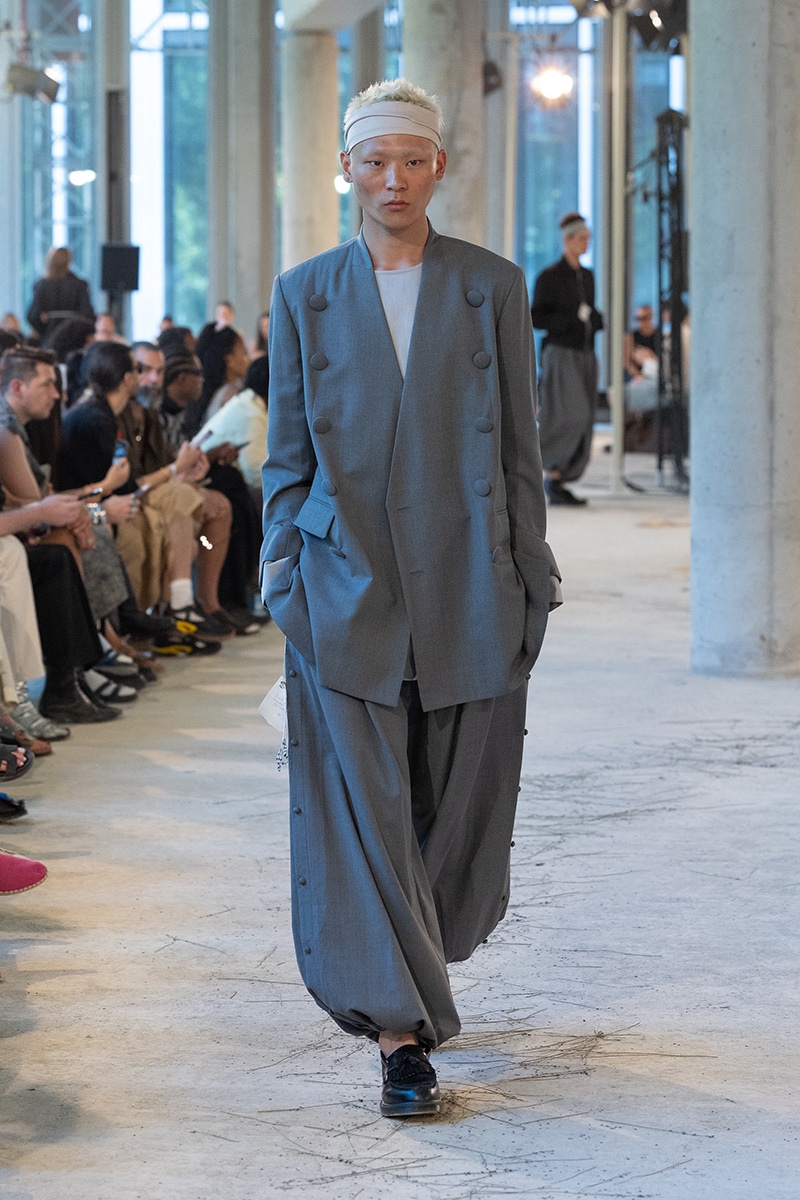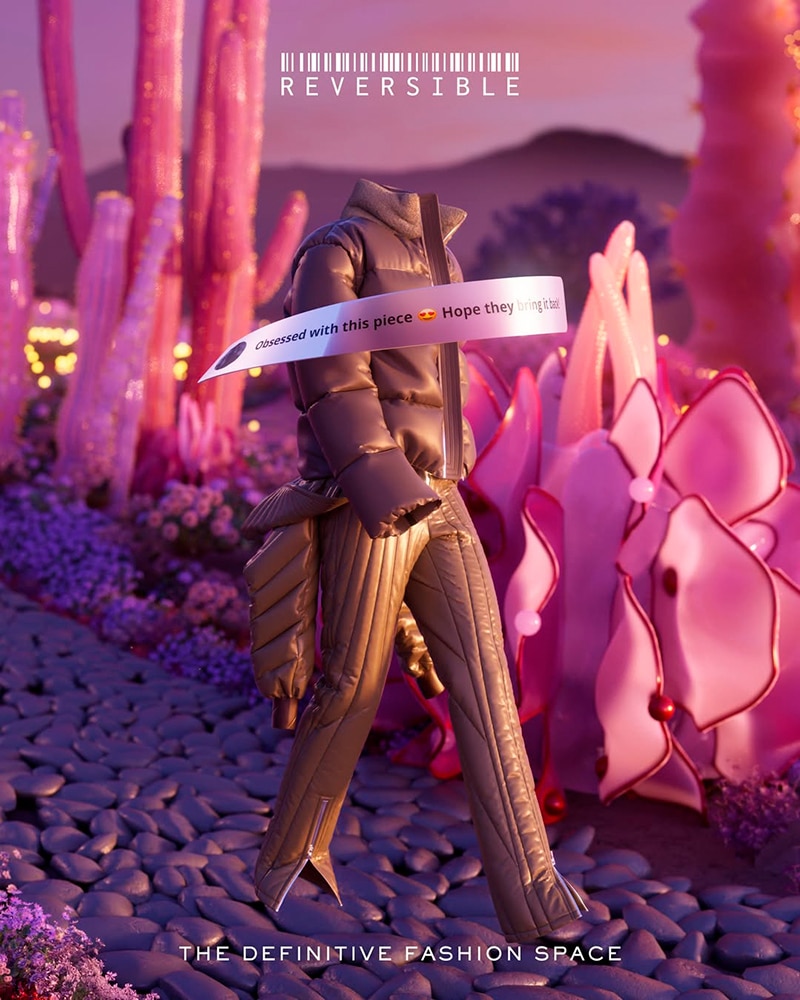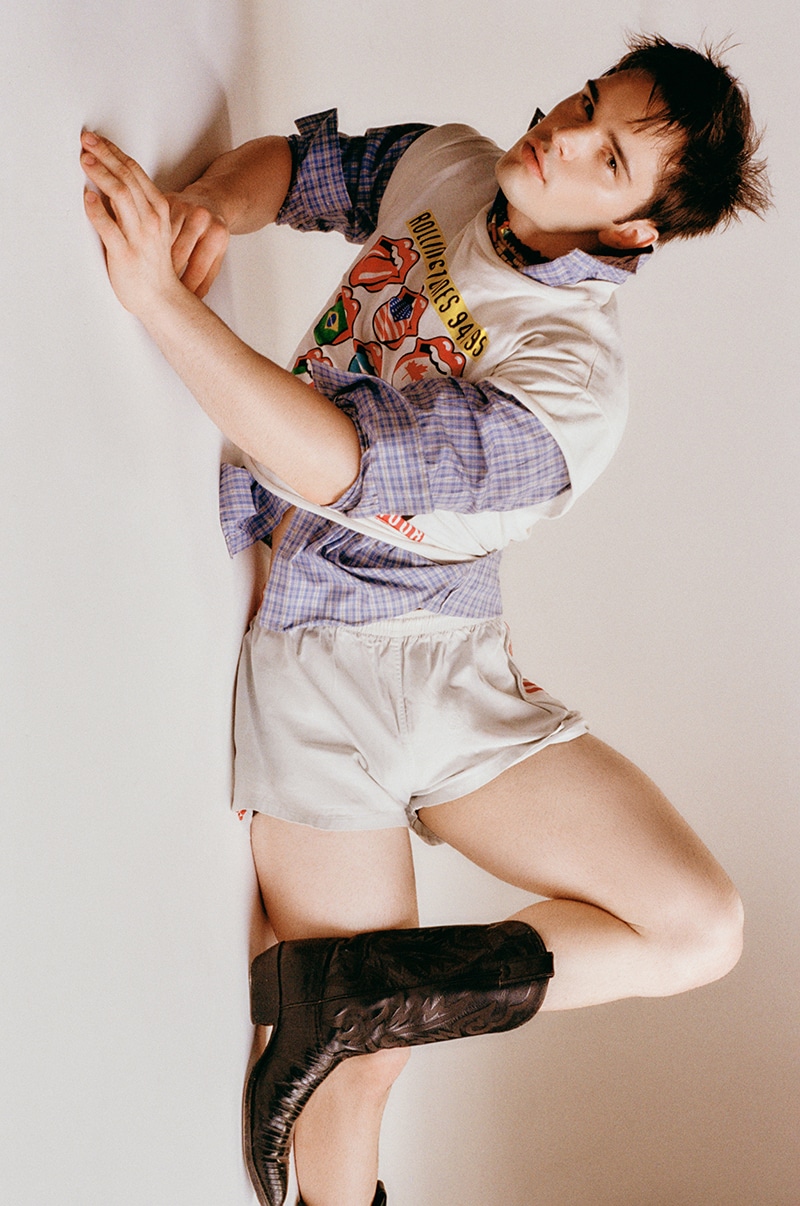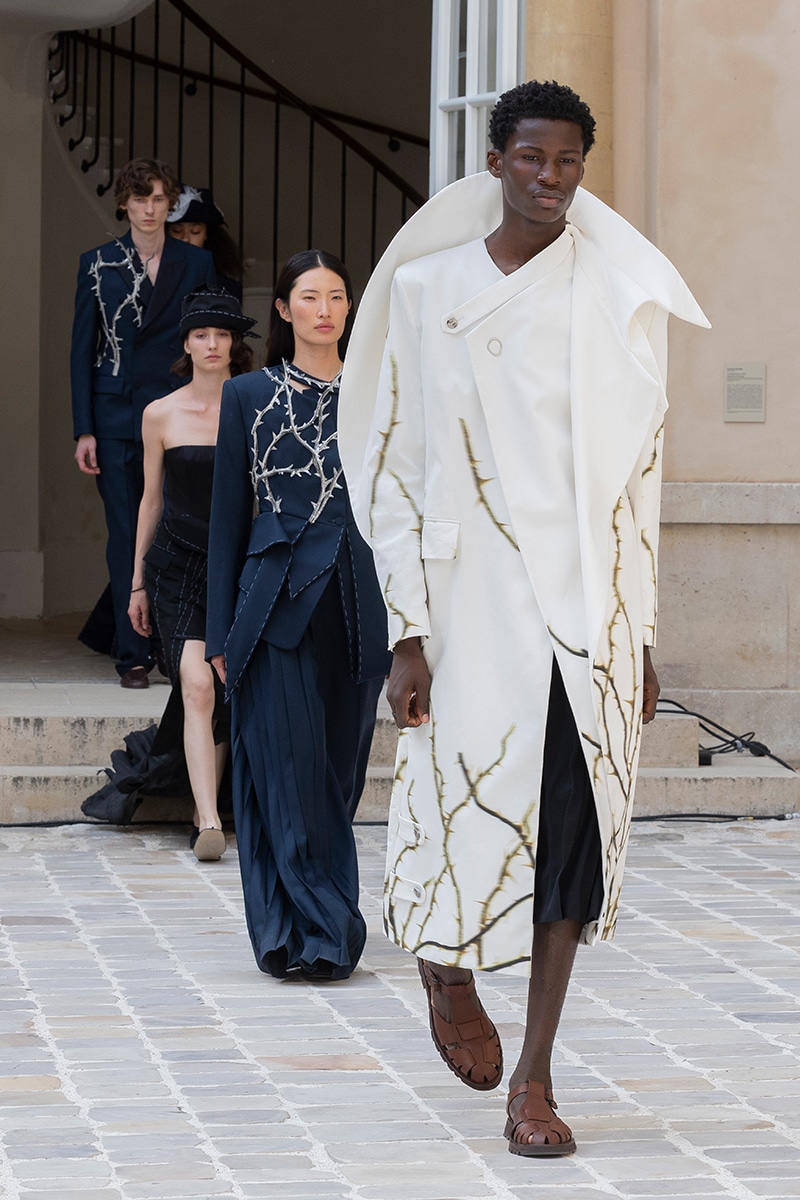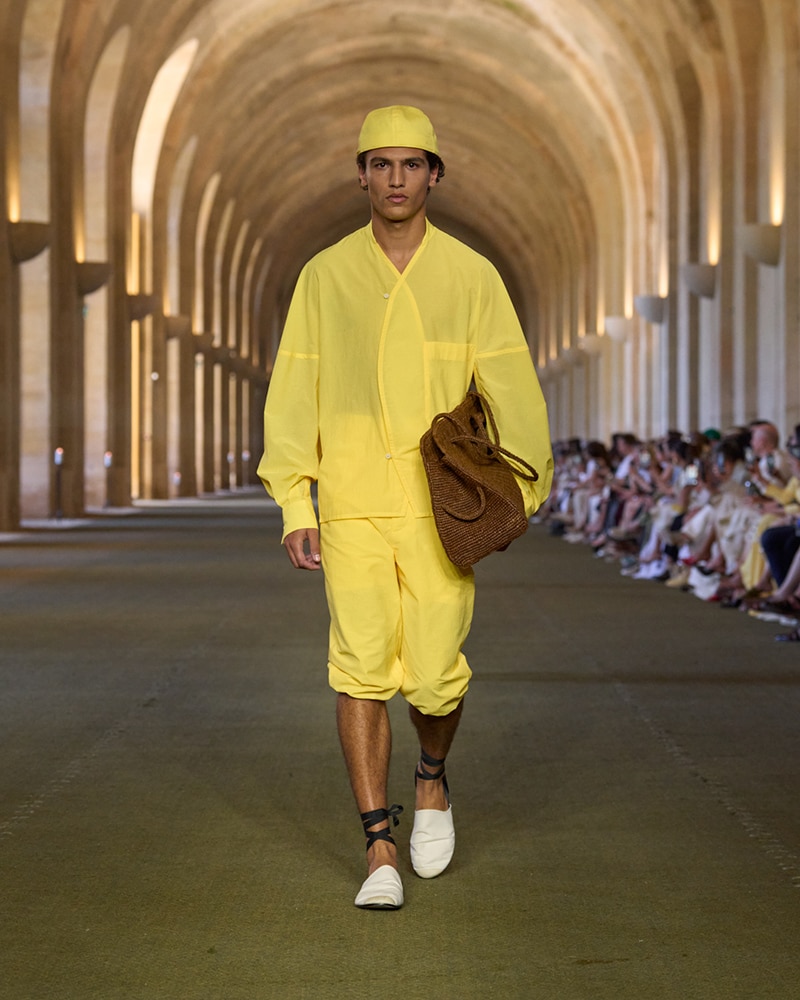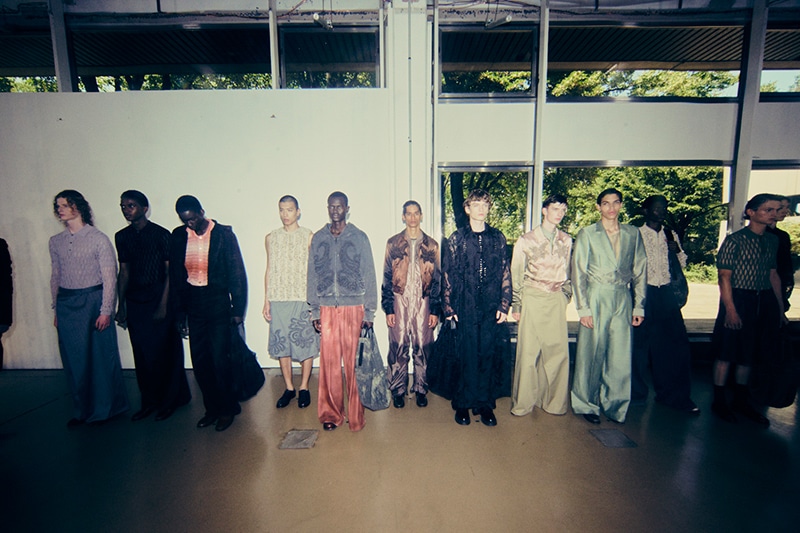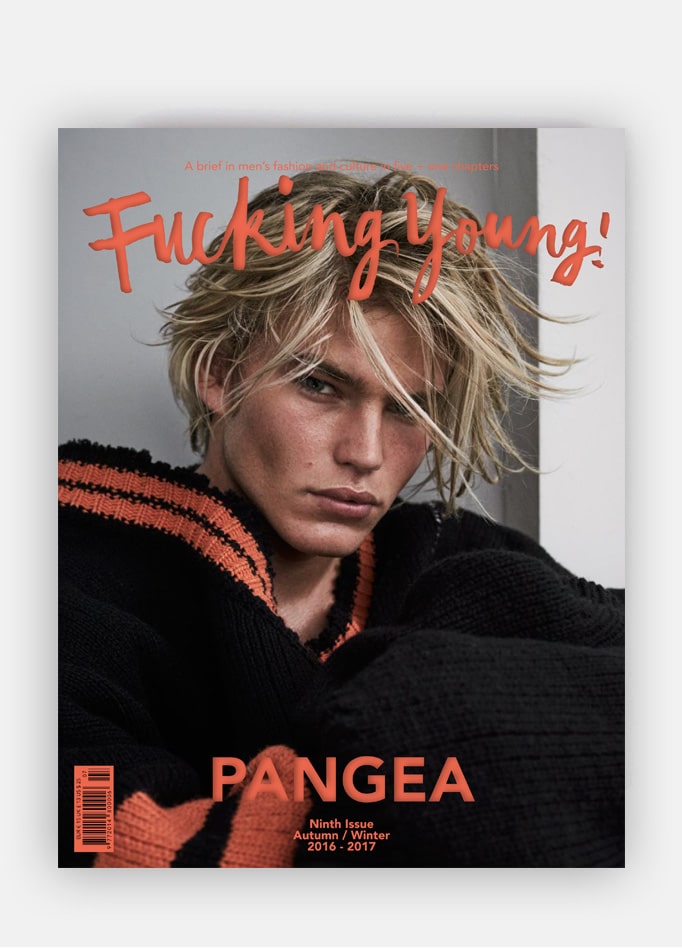
Linda Loppa by Ruggero Lupo Mengoni
We met Linda Loppa, eclectic director of Polimoda in Florence. Teaching, research, innovation: three key words to describe her existence. Three key words to explain a success.
For over 25 years, Antwerp and its prestigious academy have been a fertile ground in which she has been cultivating young talents: one for all, Raf Simons. In 2007, she arrives in the City of Giglio where she continues her work of “constant gardner” with care, dedication and authority because the success, she says, passes through sacrifice.
Fucking Young! – What was Polimoda and what is it today? What about its evolution and what has it become thanks to you?
Linda Loppa – Polimoda was a still young school when I arrived. It had been existing for twenty years at the time of my arrival, now we are thirty. It was a school ready to grow, strict with a rigor more focused on what could and could not have been done. There was a philosophy, you could feel it, however, it was not yet traceable in teaching.
Even the communication, the place, the graphics, let’s say they lacked some identity. I enjoyed myself in developing its value and specificity. I didn’t changed the people there. I just tried to launch a stronger message about the vision and the direction that we had to take because a fashion school can be a lot of things.
FY! – I agree! So, why to prefer Polimoda to the other organizations in Italy and, in your opinion, why has the school become a reference point for all the guys and youths coming from abroad?
LL – I’d speak of an institution rather than a school, I find “school” itself a too much scholastic term and I think that our teaching is much more open to individuality: this is the reason why we do not have a theory of marketing or design. We have 600 students in business and marketing, 600 in the shoes design and we’re an entity that thinks with the brain and the stomach, we are both and that’s why we are a bit more out of the system. We want to be more critical as well, because critique is to be able to take a challenge; our students, even in the master-programs, are international. More than 70% of them come from all over the world and this also creates a community of thoughts, of cultures and dialogues that goes beyond teaching. Teaching is there but you need to discuss and find new solutions in both design and business. For example, our brand management is a course that goes beyond while investigating the brand: who is it? What is the message? What does it want to tell us?
Indeed the teaching is not the culture of teaching but rather the culture of the city: if one chooses New York, they choose it for a reason, because of a certain dynamics, etc.
For me, the cities of fashion no longer exist, there are no cities of fashion, the whole world is all about fashion or nothing, and even the very word “fashion” is outdated.
FY! – And also Florence had a different approach to communication.
LL – The city is rather the one which you live in. The whole world can be your city. I think that if after making a route you choose to go for example to Paris, London and then New York, six months later you can decide instead to go to London firs, then to New York and finally to Paris. There are no more bonds.
The culture of teaching, however, is still very much tied to the host city type.
For example, I do not know if I would be the director of an American school. In New York, I would try to do the same things as I have my own idea about education. However, the city must help you reflect on this idea because they are complementary.
Florence is tied to the male universe, for example. Behind us, we have 87 editions of Pitti Uomo which continues to work well: it’s full of people, reflections, ideas, the whole world is here.
It is important to follow a precise path, without mutations. Pitti Uomo is Pitti Uomo and is known worldwide.
FY! – Even because the merely physical structure such as that of a country, a county or a nation doesn’t exist anymore. The boundaries vanished, faded. In the same information sector, the image that you find online, the parade that you manage to see in streaming, etc. make you understand that the physical structure is ephemeral.
LL – It often happens that during a parade I put some photos online. Thanks to Instagram anybody can see the show. It’s ok, it’s a different world and you need to live it.
FY! – Speaking about Polimoda again, that’s indeed your world, who would you identify your ideal student with, both from a marketing and a styling perspective?
LL – For us, namely for me, he/she is someone who has a goal, a well-known path in his/her mind, who knows where he wants to get by learning, searching for and debating. Someone with a clear and personal point of view.
When you are young it’s difficult and this is the reason why we have extended studies up to 4 years. We found that after three years you are not yet mature. You need this year, the fourth, to be adult. Otherwise you’re likely to disappear in the system. We must help them achieve this maturity, an authority able to allow them not to get dispersed in the system. I think someone who works hard and who has tried and invested a lot must have some authority. I do not mind if someone tells me: “I do not like this, this is what I want and how I can get it”. Clarity is important.
FY! – Is this for you the key that might turn a young designer into an important designer of the future?
LL – I think if someone, despite self-doubt, appears to have a certain authority, vision and style and knows where he wants to go, as a result they also create confidence in those who should in case invest in or follow them in their path. If the person is fragile and has any doubt, it’s hard to get over this problem. I myself have doubts, every day, but at least I know where I want to go with this school, with this institution. So the doubt is here but we must overcome it with a vision that is clear. And even a young man must have this mood: I find it a requirement because a company does not want someone who has uncertainties. “Do you want this fabric color or that?”, “Yes, this one is good but the other too.” NO! That’s not the way.
“I want that cloth because I think it is the best to get this dress shape”, this is the right approach.
A person’s clarity, vision and authority are very important for me.
FY! – Lately the Polimoda has presented “Momenting the Memento”…
LL – Exactly!
FY! – Would you like to tell us something about it?
LL – Absolutely, I treasure this project a lot.
FY! – Let’s speak about the focuses…
LL – We hosted 46 institutions from the world of design education and communication. It was a conference, but not a traditional one. There were installations and performances, a small biennial. Among 74, we have chosen 26 projects. There have been debates, rises to think about our job as trainers, but we did not talk at length about what we should or we should not do because no one really knows the answer.
It was quite a way to create a dynamics of exchanges, relations and emotions such that we could re-appropriate the sense of our work.
It was great because we confronted with Australia, London, New York, China, Japan, and lots of people who had sent a project. They are not projects we chose. They arrived thanks to our way to communicate the idea “Momenting the Memento”, an impossible and very difficult to understand title but that they all have understood. They understood our desire to create a ‘moment’ of energy. I believed in it a lot.
FY! – Which were the features to own to be among the chosen projects?
LL – We divided the “Momenting Memento” in six specific areas that could be chosen by the artists. They have not presented fashion projects, rather abstract concepts (calligraphy, writing, etc.) We received some installations that passed our selective system thanks to the innovative drive, the message, the sensations.
There was no talk about parades, there were no clothes and mannequins… Nothing like that, only performances, videos, activities and installations to create new moments.
FY! – What’s innovation for you?
LL – To take a challenge. You must never feel satisfied about what you’ve already done.
Even if I am a quite practical woman, I feel it’s necessary to be a stimulus for the others, just like a driving force. Sometimes it seems to me that my role is functional to this goal and that’s what I have always been trying to do in the years.
FY! – And today is it possible to be innovative yet?
LL – Yes sure! Today more than ever. With all the communication we have, with all the means to travel, to speak, to have an easy exchange of ideas, today more than ever we’re living in a time of innovation.
The world, even if we are not experiencing an easy time, can be saved through innovation.
FY! – Let’s come to what is an important moment for Polimoda and the guys who finish their training here. What is the link between the school and the guys? How much does the institute give them and how much do they give it?
LL – Every now and then we have someone we want to emphasize. We help them deal with the production phase, how to present a collection with few means. We have some interviews, we give them some visibility.
Then we have Polimoda Talent which is a support site and, no less important, the end of the year parade. We have 100 guys who graduate in design every year. To eighty of them we give the possibility to realize a site installation. Twenty instead realize a parade; this does not mean that the others are not so good but rather that they have one last step to overcome. The intention is also to ignite a little competition among them.
Both moments are very beautiful, there is a good quality. The real work starts only after that. As you know, there are 27 companies that work with us and some fifty offer internships. These partnerships are constant and intense and, to some extent, give a sense of what has been done and we still do.
FY! – So does Polimoda also work as a mediator between the students and the ones who could offer them a real job?
LL – Absolutely. For example, Gianfranco Villegas was introduced in the circuit thanks to the Polimoda Talent. This helped him understand, get out of his small room and get involved. In January he had his collection presented, he took another step in quality.
FY! – And what will you do tomorrow instead?
LL –. I’ll start to work on new projects.
FY! – So in the future we will have another interview about tomorrow…
LL –Yes, good idea! Really good, thank you.
FY! – Thanks to you. It was a pleasure and a honor.
